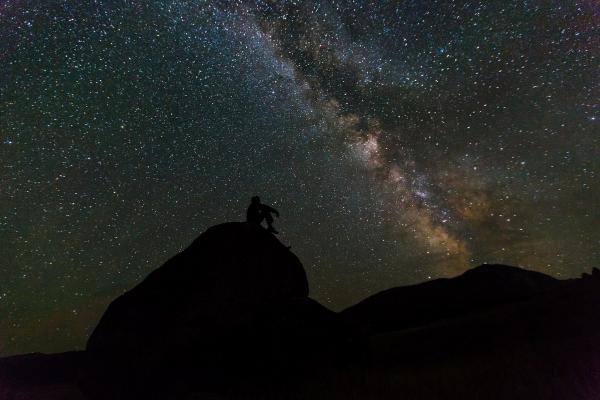
Probing Macroscopic Dark Matter Parameter Space
Macroscopic dark matter (aka macros) constitutes a broad class of alternatives to particle dark matter with still significant unprobed regions of parameter space. Macros would interact with atoms or molecules through elastic scattering with (essentially) their geometric cross section.The initial energy transfer will result in high initial temperatures in the immediate vicinity of the trajectory of the macro, sufficient to ionize atoms and molecules. I will describe efforts to push down the existing constraints across a wide range of remaining masses and review recently derived constraints. I will describe the potential use of Fluorescence Detectors (FDs), such as those at the Pierre Auger Observatory, to look for Nitrogen fluorescence tracks caused by low mass macros. I discuss plans to use slabs of granite, which are typically very old, to constrain macros of low to moderate masses. I will discuss constraints derived from a lack of impacts that would have produced a devastating injury similar to a gunshot wound on the carefully monitored population of the Western world. I will also discuss how planned expansions of the Desert Fireball Network in Australia will allow a wide range of masses and cross sections to be constrained in upcoming decades.
Jagjit Singh Sidhu comes to us from Case Western Reserve University.
